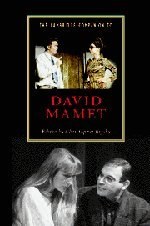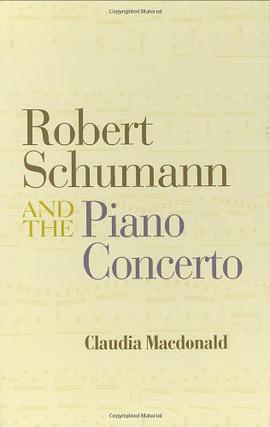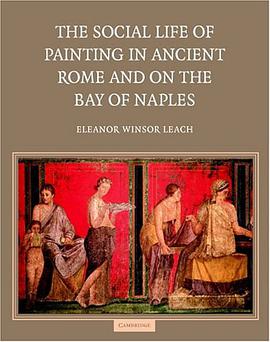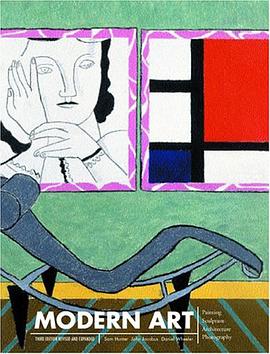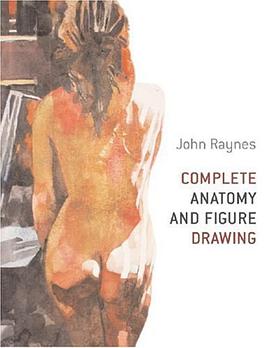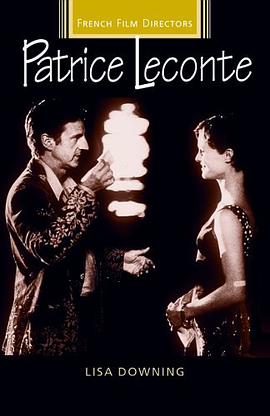

One of the goals of Modernism was the presentation of the essence of art, or pure form. Encouraged by theorists, from Immanual Kant to Alois Riegl and Wilhelm Worringer, modern artists found pure form in ornament, which though promising, had been sullied by connotations of materiality, domesticity, and femininity. These qualities were at once alluring and threatening. In this study, Jenny Anger examines Paul Klee's attitude towards and use of the decorative. She shows that the decorative, including its gendered associations, significantly informed Klee's art production, his exhibiting strategies, his critical response, and the discursive construction of his work for public consumption. She also compares his work to that of another major modernist, Henri Matisse, to confirm the critical role of the decorative in Modernism. Anger also explores the relevance of the decorative for contemporary, and especially women, artists.
具体描述
读后感
评分
评分
评分
评分
用户评价
相关图书
本站所有内容均为互联网搜索引擎提供的公开搜索信息,本站不存储任何数据与内容,任何内容与数据均与本站无关,如有需要请联系相关搜索引擎包括但不限于百度,google,bing,sogou 等
© 2025 book.wenda123.org All Rights Reserved. 图书目录大全 版权所有



